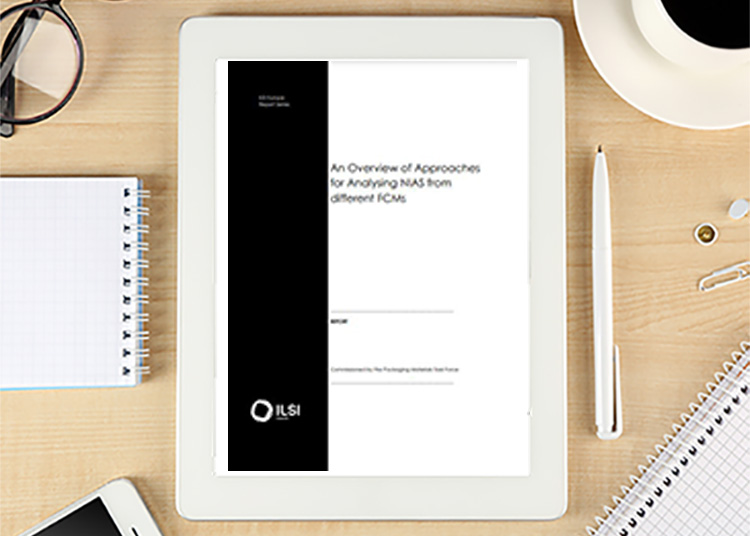Report: Overview of approaches for analysing NIAS from FCMs
- Like
- Digg
- Del
- Tumblr
- VKontakte
- Buffer
- Love This
- Odnoklassniki
- Meneame
- Blogger
- Amazon
- Yahoo Mail
- Gmail
- AOL
- Newsvine
- HackerNews
- Evernote
- MySpace
- Mail.ru
- Viadeo
- Line
- Comments
- Yummly
- SMS
- Viber
- Telegram
- Subscribe
- Skype
- Facebook Messenger
- Kakao
- LiveJournal
- Yammer
- Edgar
- Fintel
- Mix
- Instapaper
- Copy Link
Posted: 13 April 2023 | ILSI Europe | No comments yet
ILSI Europe releases an overview of existing approaches for analysing Non-Intentionally Added Substances (NIAS) from different food contact materials.
In 2019, as part of its ongoing support to research on food contact materials (FCMs), the ILSI Europe Packaging Materials Task Force kicked-off an expert group which aimed to provide best practices for identifying and quantifying unknown migrants from FCMs, with widely differing characteristics. The activities of this expert group included sampling and sample preparation, a review of current analytical methods and a publication on how to report, use and interpret results. The final document aimed to provide a critique on commonly and not so commonly used analytical techniques.
The areas covered were wide ranging, appealing to readers with varying understanding of the approaches to analyse Non-Intentionally Added Substances (NIAS). So in 2021, the expert group decided to prepare two documents:
• a detailed, high level review paper: Nerín, C., Bourdoux, S., Faust, B., Gude, T., Lesueur, C., Simat, T., Stoermer, A., van Hoek, E., & Oldring, P. (2022). Guidance in selecting analytical techniques for identification and quantification of non-intentionally added substances (NIAS) in food contact materials (FCMS). In Food Additives and Contaminants – Part A Chemistry, Analysis, Control, Exposure and Risk Assessment (Vol. 39, Issue 3, pp. 620–643). Taylor and Francis Ltd. https://doi.org/10.1080/19440049.2021.2012599.
• and the present more general report, addressed to people with less expertise in the field. This “Overview of Approaches for Analysing NIAS from different FCMs” (by Oldring Peter, Faust Birgit, Gude Thomas, Lesueur Céline, Simat Thomas, Stoermer Angela, Van Hoek Els, Nerin Cristina) is now available from ILSI Europe.
This overview gives an excellent introduction to analysing NIAS. It considers non-harmonised FCMs, highlighting various FCMs and their unique requirements for analysis of migrants (IAS (Intentionally Added Substances) or NIAS). It presents background information on different test conditions for the different FCMs and why the standard tests used for plastics outlined in the Commission Regulation (EU) No 10/2011 (14 January 2011 on plastic materials and articles intended to come into contact with food) are inappropriate in some instances for many non-harmonised FCMs. It also gives an overview of the various analytical techniques available, along with their strengths and weaknesses, as no single technique will detect all NIAS or absolutely quantify all of them. It also outlines the importance of sampling, with do’s and don’ts. Finally, it includes a proposal for communicating along the supply chain, which gains more importance with the stated intention of the European Commission (DG Sante) to request details of detected NIAS to be passed to the end user of the article.
This overview provides an ideal introduction for non-dedicated analysts willing to understand different potential analytical techniques and the interpretation and relevance of their results. It may also be of interest to risk managers who need to assess the safety of FCMs where differing results may cause issues.
Related content from this organisation
- Global experts call for harmonised safety assessments of Food Contact Materials
- Video: Training on toxicity pathways and chemical kinetics
- Video: New Approach Methodologies in toxicology risk assessment
- Video: Experts on microbiological safety in dried ingredients
- Report: ILSI Europe Prebiotics ‘Sandpit’ workshop









